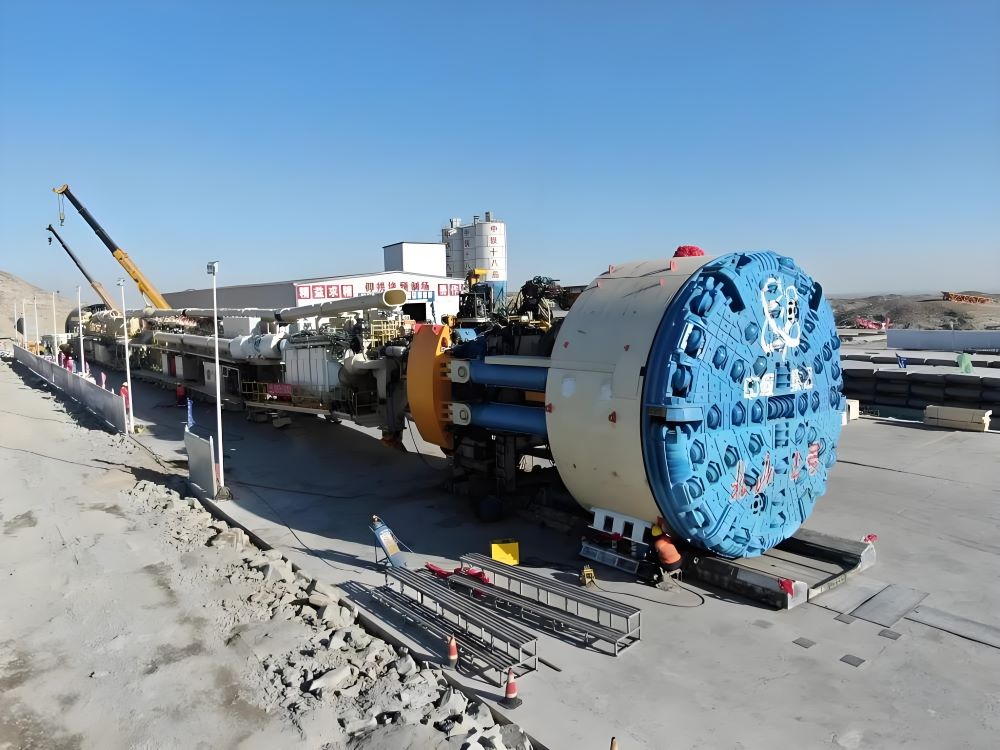What are the advantages and disadvantages of slurry balance TBM compared with other tunnel boring machines? Compared with other tunnel boring machines, slurry balance TBM has the following advantages and disadvantages:

I. Advantages of slurry balance TBM
1. Wide geological scope of application
① It can better adapt to complex geological conditions such as soft soil, gravel, silty soil, etc. For water-rich strata, it can effectively prevent accidents such as water inrush and collapse by balancing the water and soil pressure of the face through slurry pressure.
② Compared with hard rock tunnel boring machines (TBM), it has stronger adaptability in soft rocks and unstable strata.
2. Good control of ground subsidence
① Due to the balancing effect of slurry pressure, it can effectively control surface subsidence and has less impact on surrounding buildings, underground pipelines and other facilities. This is particularly important in urban construction, which can reduce problems such as ground collapse and building damage caused by tunnel construction.
② For example, in the construction of urban subway tunnels, slurry balance TBM can be used for construction without affecting ground traffic and the lives of surrounding residents.
3. High construction efficiency
① It can achieve continuous excavation, without frequent blasting and support operations like traditional drilling and blasting methods, which greatly shortens the construction period.
② The way its cutterhead rotates to cut rock and soil can quickly excavate tunnels and improve construction progress.
4. High safety
① The operator works inside the shield, avoiding the danger of direct contact with the excavation surface and reducing the probability of construction accidents.
② At the same time, the slurry system can effectively discharge slag and waste gas, improve the working environment, and ensure the health and safety of construction workers.
II. Disadvantages of slurry balance TBM
1. High equipment cost
① The slurry balance TBM has a complex structure and high manufacturing and maintenance costs. It needs to be equipped with a special slurry system, slurry discharge equipment, etc., which increases equipment investment.
② Compared with other tunnel boring machines, the purchase and installation costs of slurry balance TBM are usually higher.
2. High site requirements
① A larger site is required to set up mud-water separation equipment and mud storage facilities. In areas with limited site such as urban centers, it may be difficult to find a suitable construction site.
② In addition, the treatment and discharge of mud also need to meet environmental protection requirements, which increases the complexity of construction.
3. Limited adaptability
① Although it performs well in soft soil and water-rich formations, the excavation efficiency in hard rock formations is relatively low. When encountering hard rock, the cutterhead is severely worn and the cutter needs to be replaced frequently, affecting the construction progress.
② Compared with hard rock tunneling machines, slurry balance TBMs have poor adaptability in hard rock formations.
4. High technical requirements
① The operation and maintenance of slurry balance TBMs require professional technicians. The control of its slurry system and the management of cutters require a high level of technology, otherwise construction problems are likely to occur.
② High requirements on the technical strength and management level of the construction unit.




